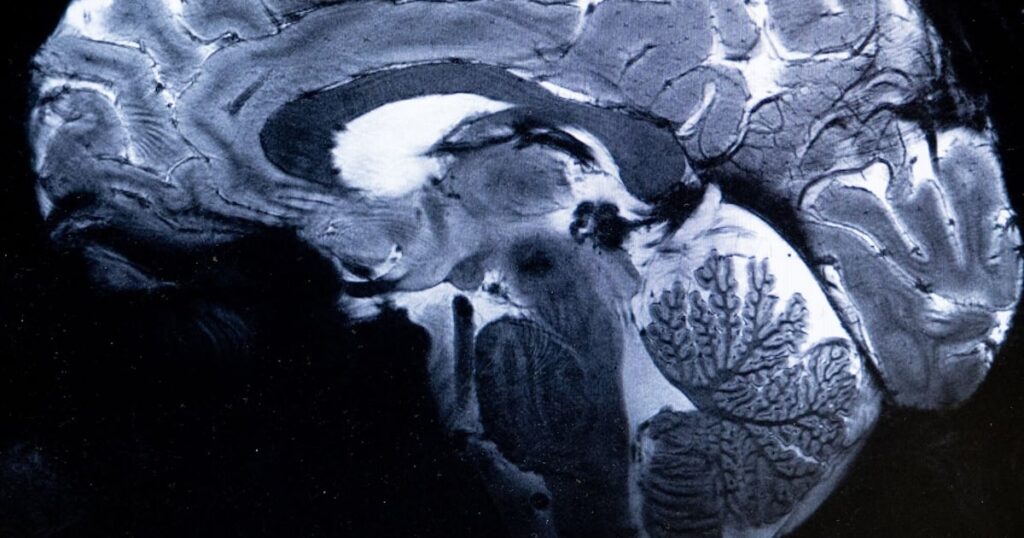In a recent article, it was highlighted how advancements in the medical field are enabling individuals like Casey Harrell, who had lost his ability to speak due to a medical condition, to communicate once again. Reconnecting the brain to the body through innovative technologies has made a significant impact on individuals facing similar challenges.
Harrell, who was diagnosed with amyotrophic lateral sclerosis in 2019, underwent a surgical procedure where researchers implanted 256 tiny electrodes in his brain. This brain-computer interface technology allowed him to regain his ability to speak, a development that has been praised for its potential to transform the lives of individuals with similar conditions.
Various startups and academic labs are also making strides in this field, exploring the complex signals of the nervous system to restore communication abilities. The concept of a speech neuroprosthesis, which functions akin to a prosthesis for missing limbs, is offering hope to individuals like Harrell who are facing speech impairments.
Despite the promising advancements, challenges such as cost, bulkiness of the technology, and long-term performance remain to be addressed. However, the progress made in decoding neural signals and restoring communication abilities is a significant step forward in bridging the gap between the brain and the body.
Investors and venture capitalists are closely monitoring developments in this space, recognizing the potential for such technologies to evolve and benefit a larger patient population in the future. The story of individuals like Harrell serves as a testament to the transformative power of innovation in healthcare and its ability to enhance human connections and quality of life.


